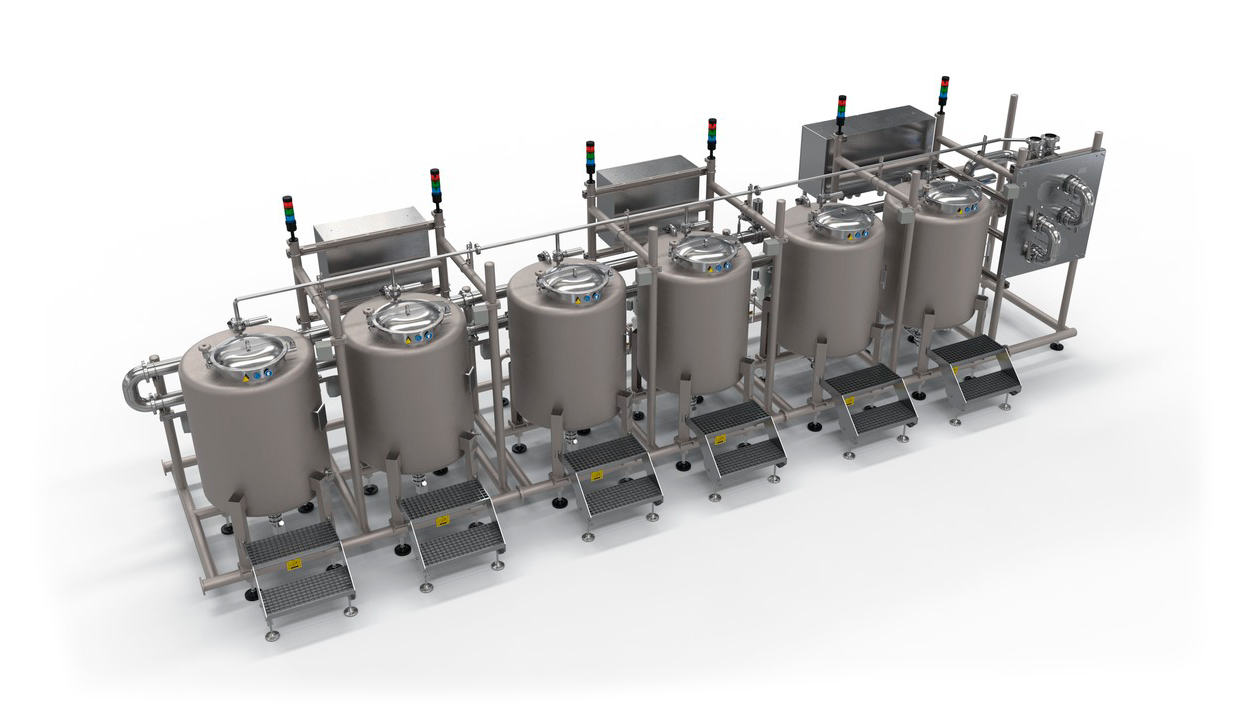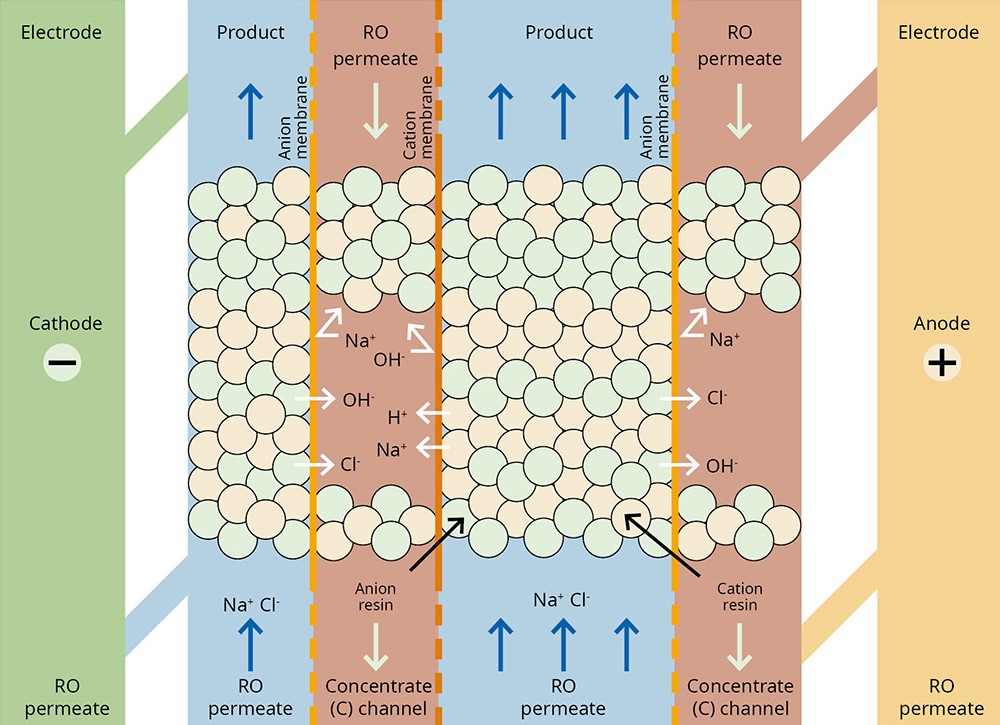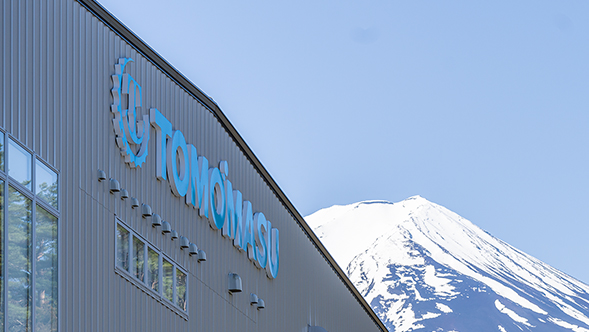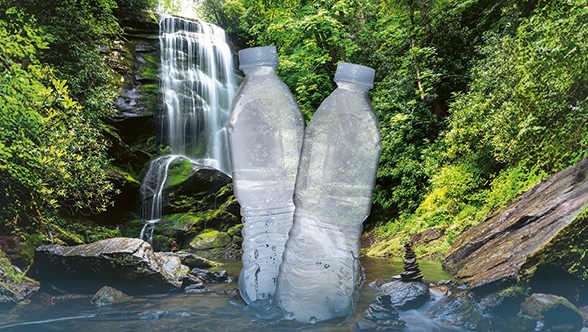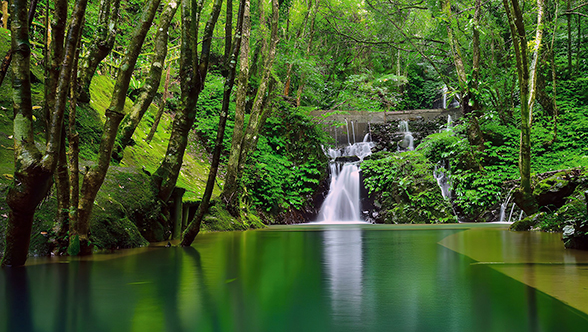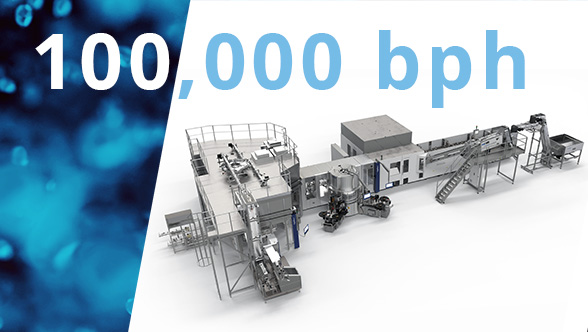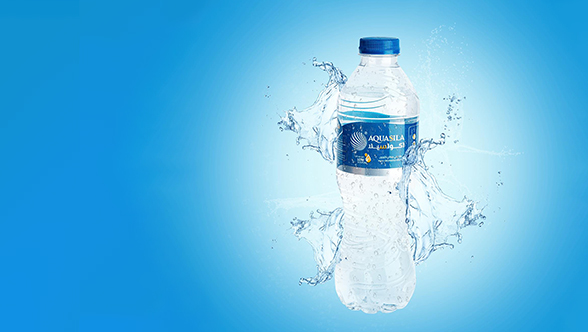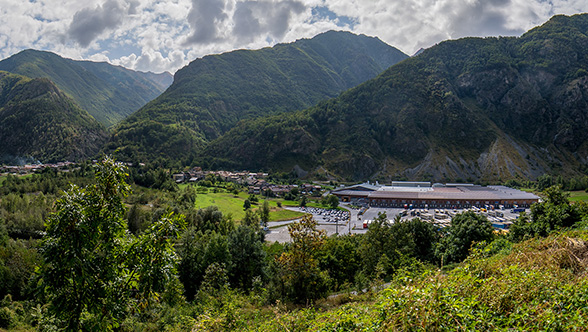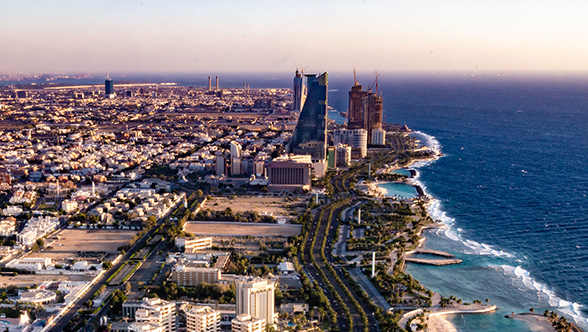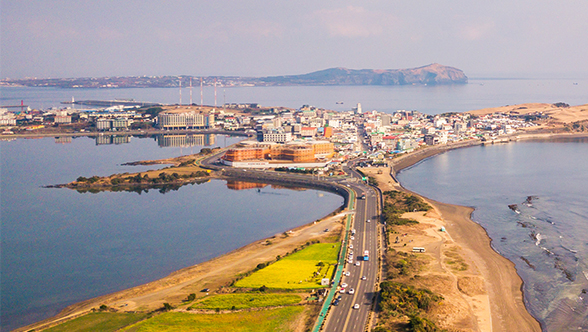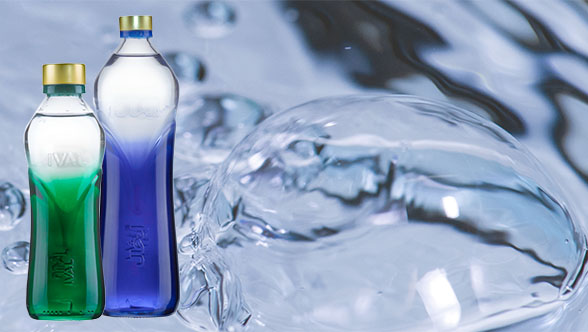Which beverage producers might want to consider integrating EDI?
An additional EDI module makes sense wherever the quality of the raw water tends to fluctuate. This is especially important when producing still table water, where the mineral composition of the water must not deviate from the figures printed on the label by more than 20 percent. When the content of the raw water itself already varies by +/- 15 percent before remineralization, there’s very little wiggle room for adding minerals back. EDI eliminates these variations. With it, the water is always demineralized to the same degree, and the quality of the treated water is therefore independent of the water coming from the RO system. When adding minerals afterward, the dosing can be kept closer to the minimum, thus saving costs on the rather expensive minerals. It saves on raw materials. In other words, the same amount of minerals can yield more product. Thus, using an EDI module can reduce consumption of the expensive, ultrapure minerals used to make table water by five to ten percent.
EDI can also be of interest to producers of alkaline water. Here, too, the consistent quality and resulting pH value of 7 provide the perfect basis for then producing water with a pH of 9, which is becoming increasingly popular.
What outputs can be achieved by combining Hydronomic and EDI?
EDI can cover the same spectrum as the Hydronomic. It can treat up to 120 cubic meters of water per hour, with the option of variable product volumes. The system is always precisely calibrated to the quality of the raw water and the requirements of the final product.
The water treatment solution developed for Makkah Water is one of the biggest Krones has built to date. It operates at up to 3 x 110 cubic meters of water per hour and is therefore around three times the size of our conventional Hydronomic systems.


